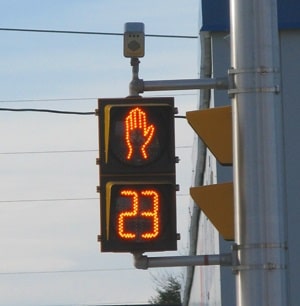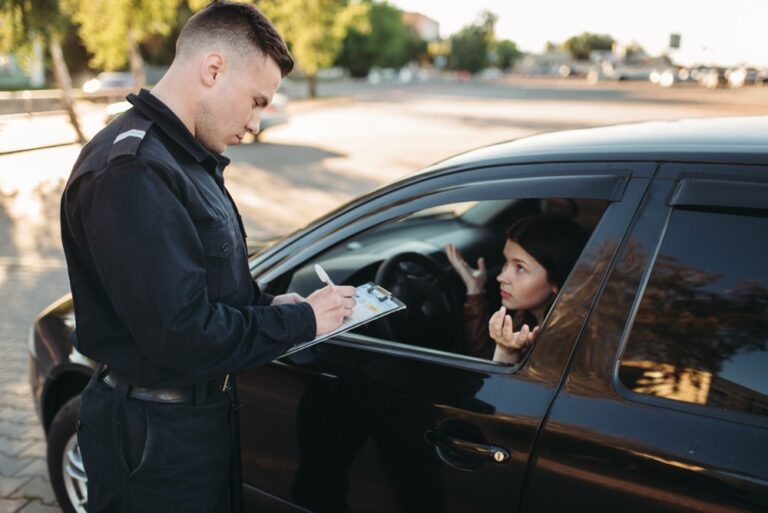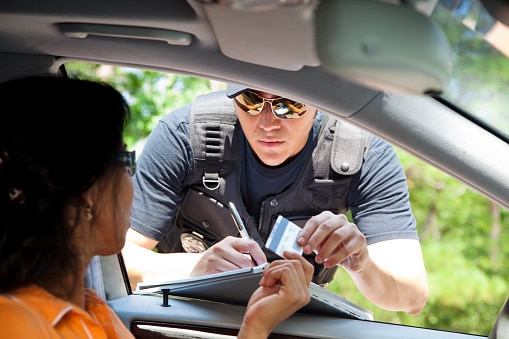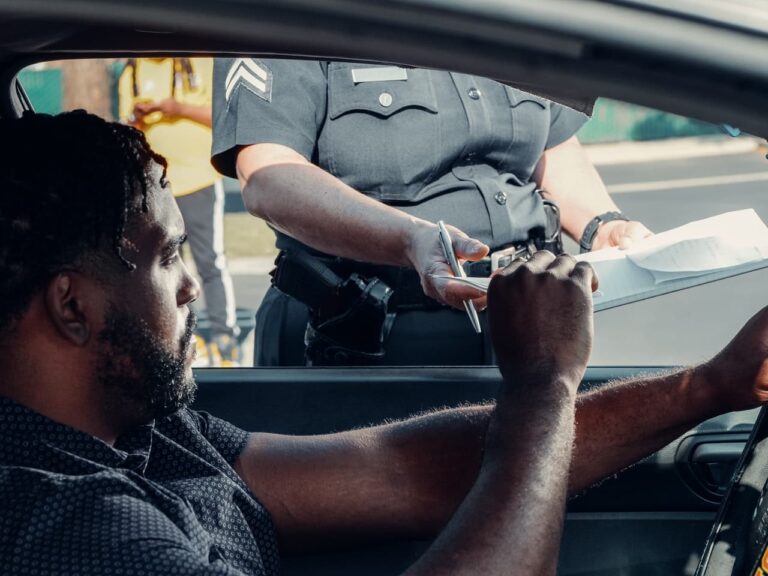Pedestrian law is a tricky subject. Everyone has heard the general rule of thumb that the pedestrian always has the right of way, the driver is always at fault.This is not always the case.
In data released to the Toronto Star by the police, 2016 was the deadliest year for pedestrians in Toronto in at least a decade.
“Statistics released to the Star by the Toronto police this week confirmed that last year was the deadliest for the city’s pedestrians in more than a decade, with 43 people killed by drivers. That’s the highest death toll since at least 2005, the oldest year on record in data recently released by the city.”
* Source: Toronto Star
The safety of pedestrians, cyclists and drivers relies upon all three parties obeying the rules of the road. One of the biggest sources of confusion about pedestrian law surrounds pedestrian signals at pedestrian crossovers and at pedestrian crosswalks. We thought it would be a good idea to break these down, and let pedestrians know when it is safe and legal to cross, and when it is not.
Pedestrian Crosswalks:
First things first. What is a crosswalk?
A crosswalk is used at stop signs and traffic lights in Ontario. Crosswalks often have a “walk” symbol, and a “don’t walk” symbol. “Walk” is usually determined by a white walking symbol, or the word “walk”. “Don’t walk” is usually determined by a flashing orange hand, the words “don’t walk” or a countdown. Crosswalks are marked by lines on the road for where pedestrians can walk safely. Crosswalks are different than crossovers.
When does a vehicle have to yield to a pedestrian? Well, according to the Highway Traffic Act:
144 (7) – Yielding to pedestrians
When under this section a driver is permitted to proceed, the driver shall yield the right of way to pedestrians lawfully within a crosswalk. R.S.O. 1990, c. H.8, s. 144 (7).
This implies that there are times when a pedestrian is unlawfully within a crosswalk, and this happens more often than one would think.
The HTA reads:
144 (26) – Pedestrian control signals – walk
Where pedestrian control signals are installed and show a “walk” indication, every pedestrian facing the indication may cross the roadway in the direction of the indication despite subsections (24) and (25). R.S.O. 1990, c. H.8, s. 144 (26).
While the pedestrian sign reads “walk”, or shows the green man walking, pedestrians have the right of way to cross the intersection in the appropriate direction. Pedestrians can even turn around mid-cross, as long as they started to cross when the signal said “walk”. Riding or operating a bicycle through a crosswalk is not allowed.
As long as a pedestrian begins to cross the road while the “walk” symbol is present and stays within the crosswalk, there is no ticketable offence.
Next, is the “don’t walk” which is where some confusion can happen.
The HTA reads:
144 (27) – Pedestrian control signals – don’t walk

No pedestrian approaching pedestrian control signals and facing a solid or flashing “don’t walk” indication shall enter the roadway. R.S.O. 1990, c. H.8, s. 144 (27).
“Don’t walk” signals either read “don’t walk” or they show a flashing hand, a solid hand, or they are a countdown. More than one of these signals might appear and they all mean the same thing – DON’T WALK.
So, a pedestrian is coming up to an intersection. He is still on the sidewalk when the “walk” turns into a countdown for 20 seconds. If he crosses the road, he can get a ticket. The countdown does not mean how much time a pedestrian has to begin to cross and to finish crossing the road. It means how much time a pedestrian who is already in the intersection has LEFT to FINISH crossing.
It is a ticketable offence to cross the intersection when there is “don’t walk sign” which includes the countdown. If you begin to cross while the “walk” sign shows, there is no ticketable offence.
Ticketable pedestrian offences:
| Section | Description | Fine |
| 144 (22) | Pedestrian fail to use crosswalk | $35.00 |
| 144 (24) | Pedestrian disobey flashing green light | $35.00 |
| 144 (25) | Pedestrian disobey red light | $35.00 |
| 144 (25) | Pedestrian disobey amber light | $35.00 |
| 144 (27) | Pedestrian disobey “don’t walk” signal | $35.00 |
*Source: Provincial offences for Paralegals by: Jennifer Zubick and Steve Weir
These fines are set under the HTA. However, each municipality has it’s own by-laws on pedestrian crossings. A pedestrian can be ticketed under the HTA or his or her’s city by-laws.
And finally, when a pedestrian is crossing the intersection, he or she MUST be within the crosswalk lines on the road. If a pedestrian is struck while outside the crosswalk lines, technically, the pedestrian is at fault:
144 (22) – Pedestrian crossing
Where portions of a roadway are marked for pedestrian use, no pedestrian shall cross the roadway except within a portion so marked. R.S.O. 1990, c. H.8, s. 144 (22).
Pedestrian Crossovers
Pedestrian crossovers are designated crossing areas for pedestrians. These are areas where pedestrians can cross the road safely where there are no traffic lights.
The laws concerning crossovers were updated in January 2016.
The Highway Traffic Act reads:
140 (1) – Duties of driver
When a pedestrian is crossing on the roadway within a pedestrian crossover, the driver of a vehicle approaching the crossover,
(a) shall stop before entering the crossover;
(b) shall not overtake another vehicle already stopped at the crossover; and
(c) shall not proceed into the crossover until the pedestrian is no longer on the roadway. 2015, c. 14, s. 39 (1).
140 (3) – Passing moving vehicles within 30 metres of pedestrian crossover
When a vehicle is approaching a pedestrian crossover and is within 30 metres of it, the driver of any other vehicle approaching from the rear shall not allow the front extremity of his or her vehicle to pass beyond the front extremity of the other vehicle. 2015, c. 14, s. 39 (2).
140 (4) – Duty of pedestrian
No pedestrian shall leave the curb or other place of safety at a pedestrian crossover and walk, run or move into the path of a vehicle that is so close that it is impracticable for the driver of the vehicle to comply with subsection (1). 2015, c. 14, s. 39 (2).
Essentially, when at a crossover, a driver must wait until the pedestrian is completely off the road before proceeding, and the pedestrian must make sure a vehicle has enough room to stop before moving into the crossover. Both the pedestrian and the driver have a responsibility to act with safety in mind.
Another thing to note is about crossing guards. While at a crossover, the regular laws apply. However, if a crossing guard is present at a crosswalk, a driver MUST wait until all pedestrians and crossing guards have left the road onto the sidewalk before proceeding, the same as at a crossover.
Every situation is different. Remember you have a right to fight your ticket. At Bulwark Legal Services we provide free consultations. You can go to our website and send us a copy of your ticket. We will help you decide the right course of action to take.





